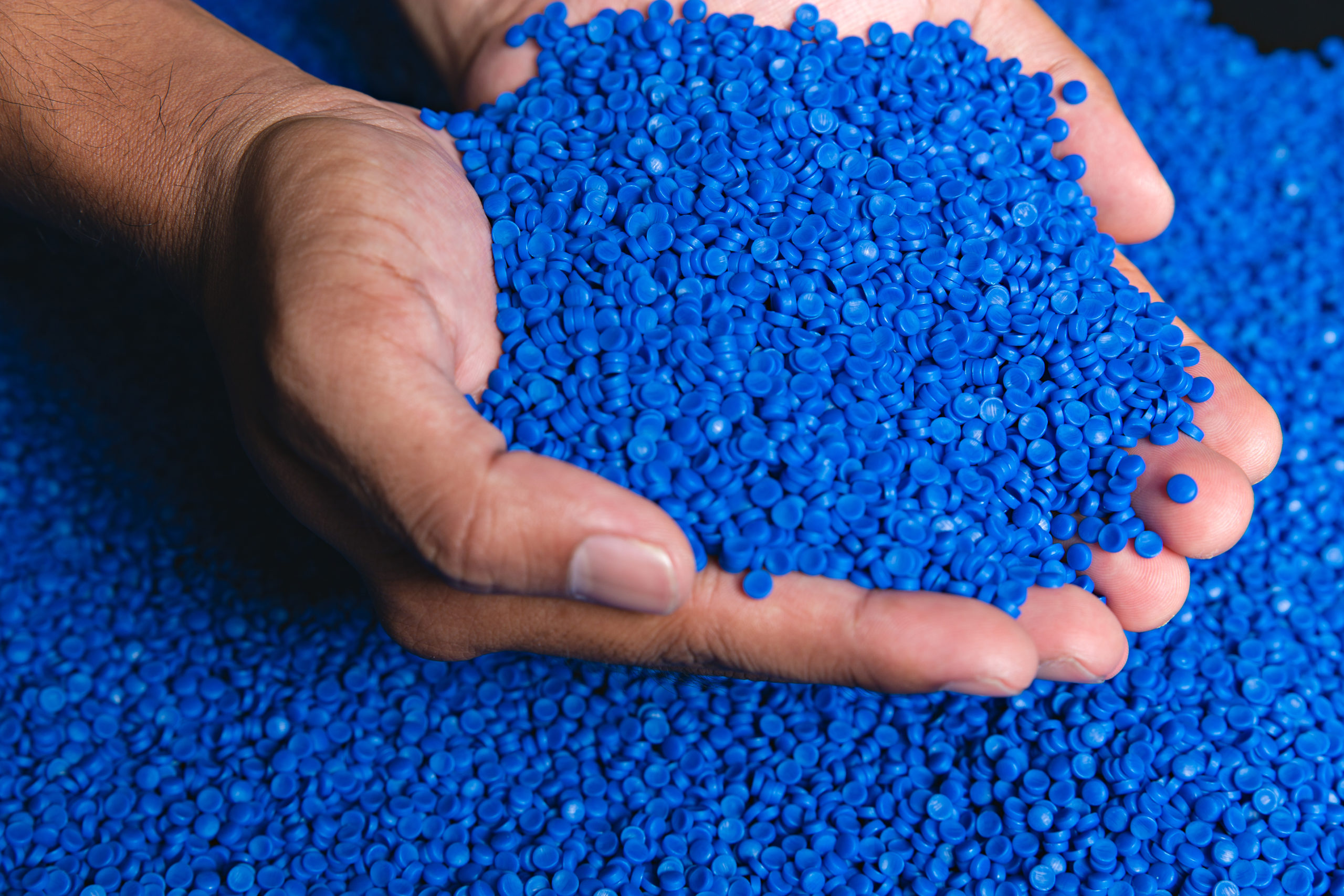It’s six o’clock on a Thursday morning, you wake to the sound of your alarm clock. Whether it’s a physical clock or the elaborate alarm and snooze schedule programmed into your smart phone, you have already engaged with materials derived from petroleum-based products within moments of opening your eyes.
You roll out of bed and haul yourself into a nice hot shower, brush your teeth, blow-dry your hair, maybe throw on some lipstick, mascara, contact lenses or glasses.
After recovering from stepping on a few rogue toy bricks on your way to the kitchen, you sip on an aromatic blend of coffee imported from Costa Rica and serve up some toaster waffles.
Time for school; the kids load their lunch boxes into their backpacks, and you see them to the bus stop.
If it’s a Covid-19 era work-from-home day, you fire up your laptop and sit comfortably at your desk…or dinner table… wearing one of five pairs of leggings or sweatpants you’ve been rotating through for the past 18 months. Otherwise, you would throw on your jacket and commute to the office by car, train, or bicycle.
The point of this day-in-the-life scenario? Roughly one hour into the average person’s daily routine each task has relied on the use of petrochemical-based materials; products made possible by oil and gas and plastics.
Oil and gas make plastic possible
Beyond the fuels that heat our homes and make things go, petrochemical by-products from Canadian oil and gas production drive the $35 billion Canadian plastic production industry that employs nearly 100,000 people in businesses that make and recycle plastic.
Canada’s plastic resin production industry is concentrated in Ontario and Alberta and is dependent upon crude oil and natural gas as its source of chemical raw materials. In recent years, access to an abundance of inexpensive shale gas has resulted in increased resin production at a decreased cost.

Blue plastic resin from polyethylene. Getty Images photo
Canadian supply responds to increasing demand
In addition to $11.4 billion in plastic exports, a 2019 economic study conducted on behalf of Environment and Climate Change Canada identified eight end-use markets for plastic products within Canada including packaging, construction, automotive, electronics, textiles, agriculture, and others.
According to McKinsey & Company, plastic consumer products and packaging saw the largest increase in global petrochemical demand in 2020, with polyethylene at over 100 million metric tonnes and polypropylene at over 75 million metric tonnes.
Inter Pipeline Ltd.’s $4.2 billion Heartland Petrochemical Complex near Edmonton is expected to be fully operational in 2022 and is designed to convert locally sourced, low-cost propane into 525,000 tonnes per year of polypropylene.
A recent partnership between Calgary-based NOVA Chemicals and Montreal’s Enerkem Inc. will research advanced recycling technologies that would transform common hard-to-recycle plastic waste into ethylene, which can be used to produce polyethylene – used in plastic bottles, containers and other easy-to-recycle products.
The future of Canadian plastics and recycling
As the world shifts away from single-use plastics, Chemistry Industry Association of Canada members, including NOVA, are committed to making 100 per cent of plastic packaging recyclable or recoverable by 2030.
Through innovation and technology, the petrochemical industry is transitioning towards a “circular economy” where materials are reused and recycled in a closed and sustainable loop.
The Government of Alberta has committed to exploring partnership opportunities with recycling associations, municipalities, plastics associations, academia and industry to advance plastics diversion and recycling research and deployment.
Through its Plastic Innovation Challenges, the Government of Canada is supporting made-in-Canada solutions to plastic waste in an effort to reduce 1.8 mega tonnes of carbon pollution each year, the equivalent of taking 339,000 cars off the road.
The unaltered reproduction of this content is free of charge with attribution to Canadian Energy Centre Ltd.
